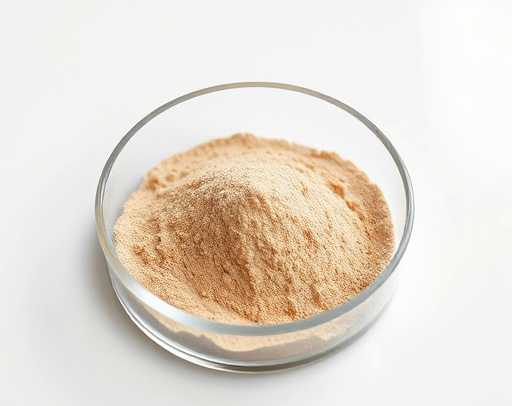Peptides 101: Small Molecules, Big Results
In the world of anti-aging skincare, few ingredients have earned as much scientific attention—and consumer trust—as peptides. These microscopic chains of amino acids may be small, but they pack a powerful punch when it comes to supporting your skin’s health and appearance.
Here’s a closer look at how peptides work, why they matter, and how to incorporate them effectively into your routine.

What Are Peptides, Exactly?
Peptides are short chains of amino acids—the building blocks of proteins like collagen and elastin. When applied topically, peptides act like messengers, triggering your skin to repair itself and produce more of what it naturally losing with age.
Think of them as little “reminder notes” to your cells: “Hey, it’s time to make more collagen!”
The Role of Collagen: Skin’s Inner Framework
Collagen is what keeps skin plump, firm, and youthful. But after age 30, your body produces less of it each year. As collagen breaks down faster than it's replaced, fine lines, sagging, and dullness start to appear.
Peptides to the rescue: Certain signal peptides—like Matrixyl (palmitoyl pentapeptide)—have been shown in clinical studies to stimulate collagen production and improve skin elasticity.
Types of Peptides and What They Do
Not all peptides are created equal. Here are three of the most science-backed types found in cosmeceuticals:
- Signal peptides (e.g., Matrixyl): Encourage the production of collagen, elastin, and other structural proteins.
- Carrier peptides (e.g., copper peptides): Deliver trace minerals that support skin healing and regeneration.
- Neurotransmitter-inhibiting peptides (e.g., Argireline): Help reduce muscle contraction, mimicking a mild Botox-like effect to soften expression lines.
Each type plays a unique role—combining them in a well-formulated serum or cream can lead to visibly smoother, firmer skin over time.
How to Use Peptides in Your Routine
Peptides are most effective in serums and moisturizers where they can stay on the skin and penetrate the surface layers. Look for formulations with low molecular weight peptides, which absorb more easily and work more deeply.
Routine tips:
- Use peptide products twice daily after cleansing and before sunscreen or makeup.
- Pair with hydrating ingredients like hyaluronic acid to improve absorption and skin barrier support.
- Avoid mixing with strong exfoliants or acids in the same step, which may degrade the peptides’ effectiveness.
Are Peptides Better Than Retinol?
They’re different tools for different jobs. Retinoids increase cell turnover and collagen production but can cause irritation. Peptides, on the other hand, offer a gentler approach—making them ideal for sensitive skin or layering with other actives.
Many dermatologists recommend alternating or combining both for a comprehensive anti-aging strategy.
Final Word: Potent Science, Not Empty Hype
Peptides are not trendy ingredients—they’re backed by decades of molecular biology research and clinical testing. When included in thoughtfully designed cosmeceutical products, they can help your skin do what it does best: repair, strengthen, and glow.











%201.svg)


.png)